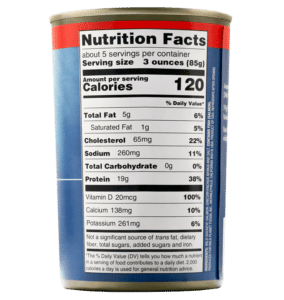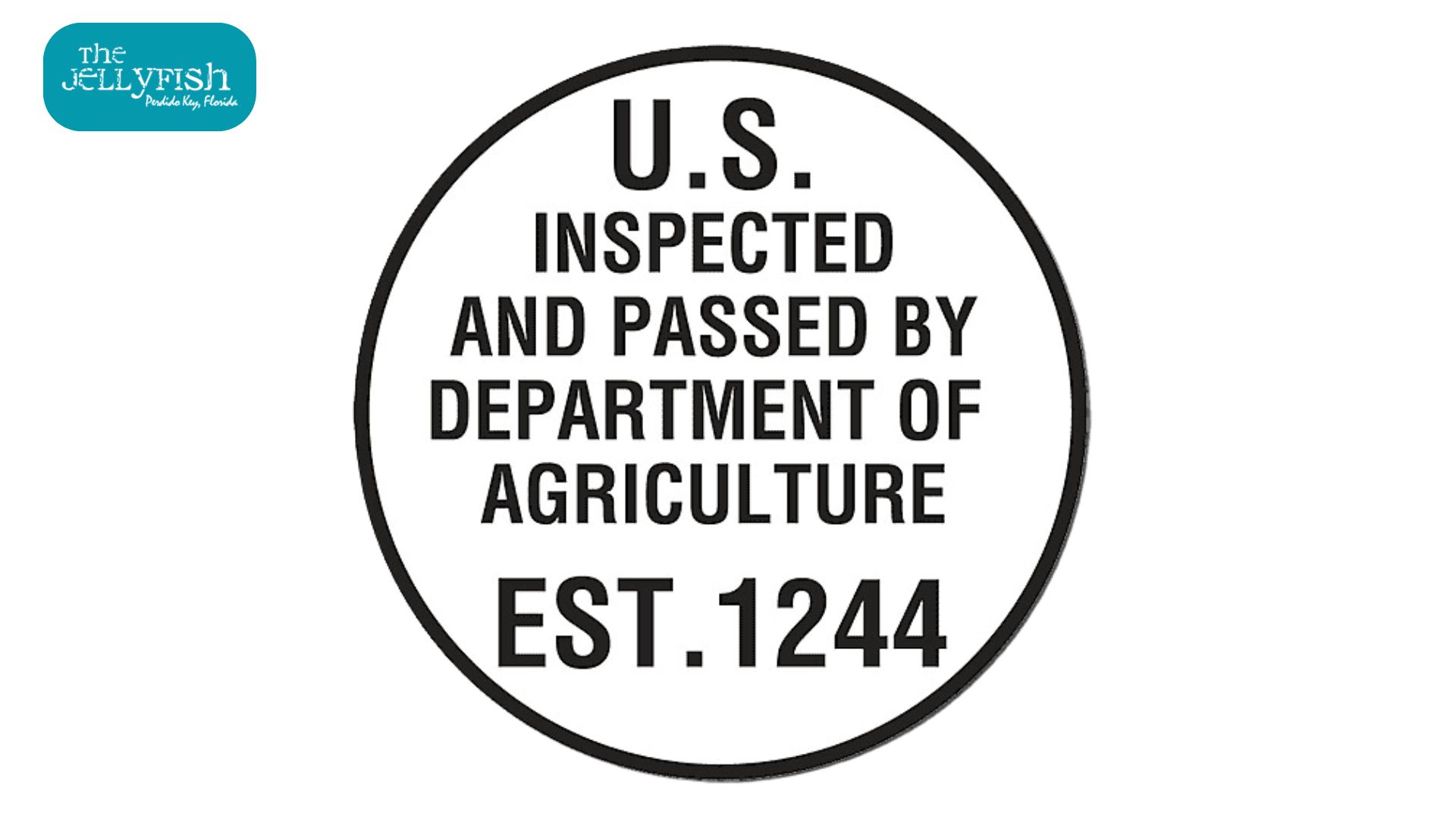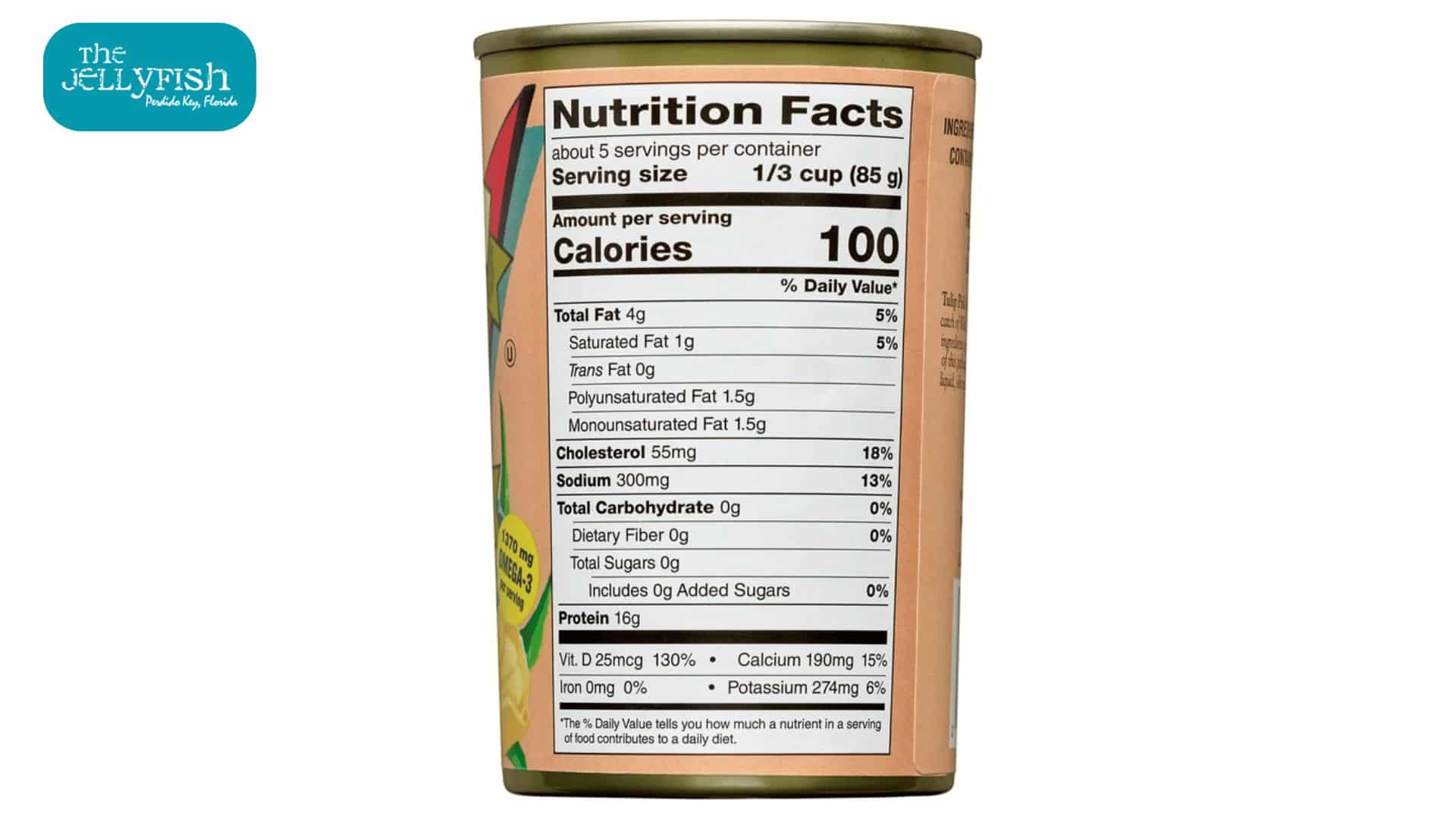Food labels provide essential information about a product’s contents, shelf life, and storage instructions. This is also true for seafood, where you’ll often encounter various labels on the packaging. To make the best choice when shopping for seafood, it’s important to understand these labels and what they signify.
If you’re new to buying seafood and find the labels confusing, this article will guide you through understanding seafood labels and help you select the best options available.
What Are Seafood Labels?
At its core, a seafood label is something that provides important information about the fish you’re purchasing. In the U.S., seafood labels provide key details like species of fish, their origin, whether it’s wild-caught or farm-raised, and various other quality indicators. They also often feature certification logos from organizations that monitor sustainability and ethical practices.
It’s also important to consider that there are no labels on organic seafood in the United States. So, know that if a seafood is labeled organic, it is not from the United States, and foreign organic standards may not align with USDA and differ by country of origin.

Key Components Of Seafood Labels
1. Method Of Production
The “method of production” on seafood labels indicates how the seafood was harvested or farmed, such as wild-caught, farm-raised, or through specific fishing techniques.
2. Name Of The Fish
The name on a seafood label on a seafood label tells you what species of fish you’re buying. This can include both the scientific name and the common name. For example, you might see “Gadus morhua” (Cod) or simply “Cod.” This helps in understanding the flavor, texture, and potential health benefits of the fish.
3. Inspection Label
The U.S. Department of Agriculture (USDA) inspection label and establishment number on a fresh seafood package indicate that the product has passed inspections and complies with USDA and FDA regulations for safety and quality.

4. Brand
The brand name present on a seafood label identifies the company or producer responsible for the product.
5. Location Of The Manufacturer
Seafood labels also include the name and address of the manufacturer of the manufacturer, packer, or distributor. This includes a street address, city, state, or country, and ZIP code or mailing code to ensure transparency and traceability.
6. Cooking And Safe Handling Information
Typically this cooking and safe handling information appears in a hairline box on seafood labels and provides guidelines for properly preparing and storing the seafood to ensure it is safe to eat. This includes recommended cooking temperatures, storage conditions, and methods to prevent contamination and foodborne illness.
7. Nutritional Information
This is one of the most important components of the food label to pass FDA inspection.
The nutritional information section on a seafood label gives details on daily percentages, calories, and serving sizes based on a diet of 2000 calories.

8. Information On Dates
Seafood labels use two dating systems: open dating (calendar dates) for perishables and closed dating (codes) for shelf-stable items. Within these, you’ll find distinctions like expiry dates and use-by dates. Let’s explore what these dates signify exactly.
Expiration Date: The last day the seafood is guaranteed safe to eat.
Best Before Date: Indicates when the seafood will be at its best quality, though it may still be safe after this date.
Sell-By Date: For retailers to know when to remove the product from shelves; consumers should use or freeze it by this date.
Pack Date: This date indicates when the seafood was packaged, helping track freshness.
9. Allergen Information
Allergen information on food labels identifies any ingredients that might trigger allergic reactions in sensitive individuals. This includes common allergens like peanuts, tree nuts, shellfish, fish, milk, eggs, soy, and wheat. For seafood, allergen labels are crucial because shellfish and fish are common allergens that can cause severe reactions.
Why Do Seafood Labels Matter?
Seafood labels are not just about marketing or law; they serve several other important purposes:
1. Consumer Protection
Seafood labels help ensure that consumers know exactly what they are buying, reducing the risk of mislabeling or fraud.
2. Health Considerations
These labels provide information about potential allergens, additives, and the nutritional content of seafood, which is essential for people with specific dietary needs or health concerns.
3. Sustainability
Few seafood labels also indicate whether seafood is sustainably sourced or not, which helps consumers to make environmentally conscious choices.
4. Quality Assurance
Information about the freshness and handling practices of seafood helps consumers select high-quality seafood that is safe to eat.

Conclusion
In conclusion, seafood labels are essential for making informed choices when purchasing fish. These labels provide important details about the origin, production method, and safety of the seafood, ensuring that consumers can select products that align with their dietary needs, environmental concerns, and quality expectations. Whether you’re a seasoned seafood lover or new to the fish market, paying attention to these labels will help you choose the best options available.
Related Questions
1. Are foreign language labels permitted?
If a foreign language is used anywhere on the label, all required label statements must appear both in English and in the foreign language.
2. Is nutrition labeling required for raw, frozen fish that are packed or repacked by the retailer and sold in the frozen food section of the retail store?
For raw, single-ingredient fish that retailers package themselves, whether fresh or frozen, the store must provide nutrition information if they choose to follow the regulations of the voluntary nutrition labeling program. This information must also be easily visible to customers near the product at the point of sale.
3. How can I determine if the seafood I’m buying is sustainably sourced?
One easy way to check the sustainability of your seafood is to look for ecolabels. These labels certify the sustainability of seafood. The Marine Stewardship Council (MSC) covers wild-caught seafood, and the Aquaculture Stewardship Council (ASC) indicates the sustainability of seafood that is farmed.
4. What does responsibly farmed mean?
Responsibly farmed on a seafood label means that the particular seafood has been produced in a way that minimizes environmental impact, including using less land, energy, and freshwater from terrestrial farming.
